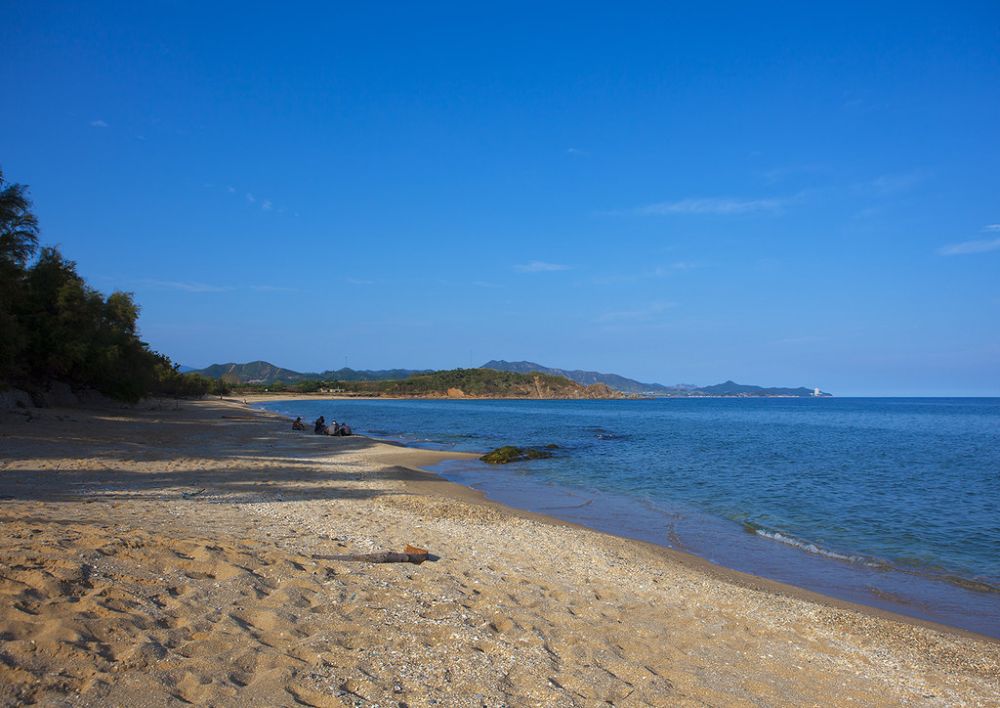

Tourism in Hamhung, particularly at Majon Beach, is a relatively recent phenomenon, especially when considered in the global context of beach tourism. North Korea, often being a secluded and secretive nation, has not been a traditional hotspot for international travelers due to political, social, and economic reasons.
The history of tourism in Hamhung, and more specifically at Majon Beach, is tied to the broader history of North Korean tourism. For years, the Democratic People's Republic of Korea (DPRK) maintained stringent control over who was allowed to visit and what they were allowed to see. Originally, tourism was mostly confined to the capital, Pyongyang, with a few other locations designated for foreign visitors.
Majon Beach began to gain attention as a domestic getaway for North Koreans in the late 20th century. It was only in the last couple of decades that North Korea began to actively encourage and develop tourism in areas outside of Pyongyang, including Hamhung. The beach became known for its beautiful stretches of sand and affable summer weather.
In an effort to promote tourism, North Korea invested in infrastructure and facilities at Majon Beach. This included the construction of the Majon Hotel, offering recreational activities and resort-like amenities intended to attract both domestic visitors and a limited number of international tourists.
Current tourism trends in North Korea are still heavily overseen by the state. Visitors to North Korea, and hence to Majon Beach, are typically part of guided tours, where their interactions and movements are monitored. Tourism is one of the methods by which North Korea tries to procure foreign currency.
Another trend is the push towards 'sanitized' travel experiences. Locations such as Majon Beach are presented to tourists in a way that fits the government's narrative. Visits are highly controlled, ensuring tourists only see what the regime wants to show.
Nonetheless, in terms of offerings, Majon Beach provides visitors with a glimpse of North Korea's natural beauty. The destination is quaint, with recreational options like swimming, boating, and other beach activities within the parameters set by the government. Moreover, special events, including air shows and beach games, have been organized to present a more open and leisurely side of North Korea to visitors.
Despite these developments, tourism at Majon Beach faces challenges, including international sanctions impacting North Korea and the global pandemic which has temporarily shut down international travel. Looking to the future, North Korea may wish to further develop its tourism sector, but it remains to be seen how this will unfold given the geopolitical climate.
While the history of tourism at Majon Beach is not as rich or long as in other parts of the world, it is an example of North Korea's tentative steps towards engaging with global tourism under its unique conditions. It provides an interesting case study of tourism development under a tightly controlled political system.